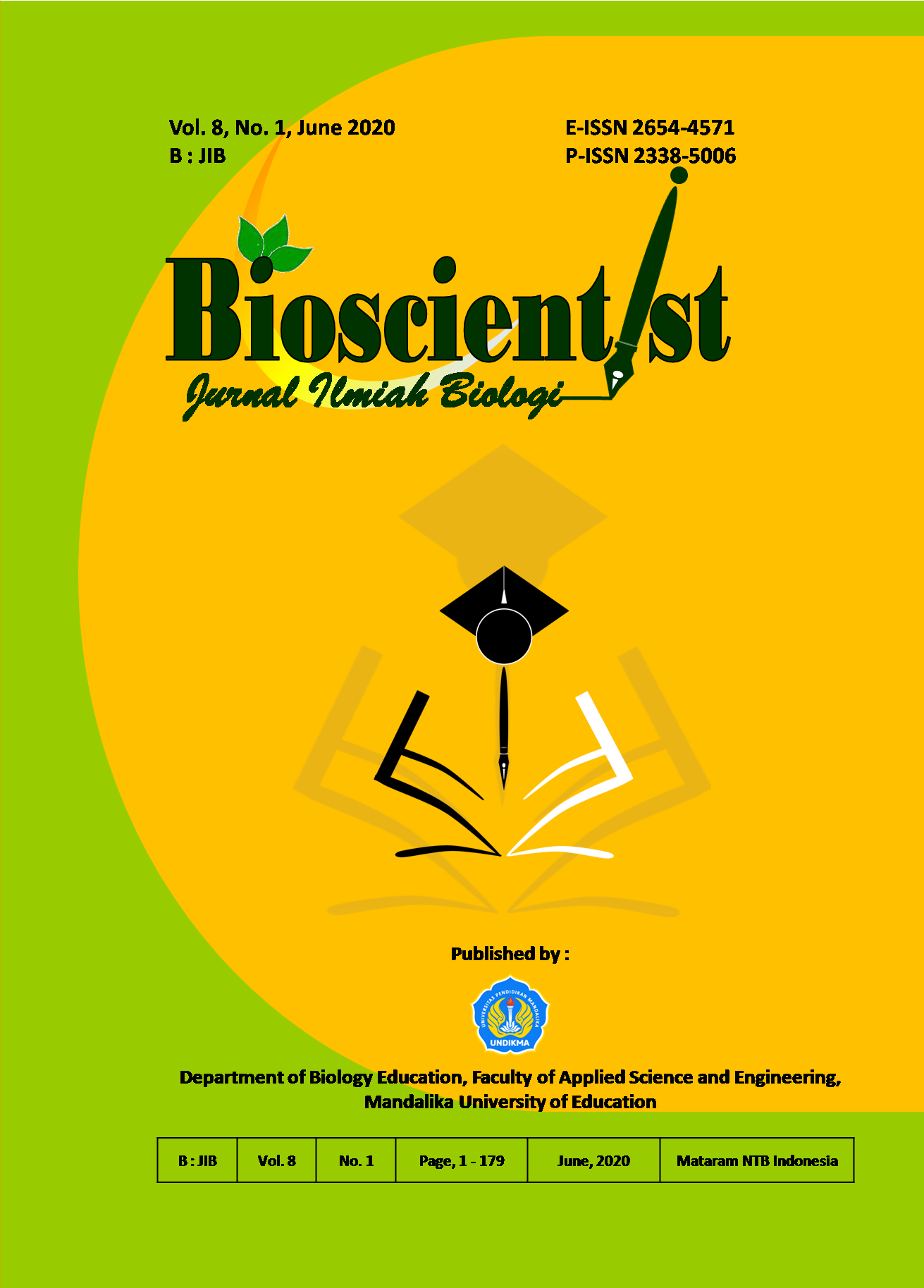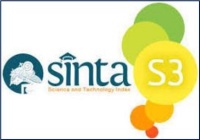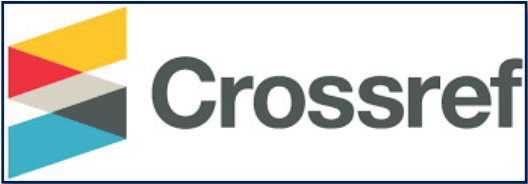BIOPROSPEK MIKROALGA DI PESISIR MUARA PUTAT PULAU LOMBOK
DOI:
https://doi.org/10.33394/bioscientist.v8i1.2684Keywords:
Species Microalgae, Identification, Bioprospect.Abstract
Aquatic biodiversity in Muara Putat Estuary, Lombok Utara Regency, Lombok Island is the result of nutrient enrichment in the coastal. A complex combination of natural factors that support the growth of barriers in mangrove plants, agricultural and plantations, fish and aquatic invertebrates that regulate during the summer and rainy seasons. As a source of knowledge, biodiversity of aquatic microalgae is a major producer of nutrient chains in the estuary, habitat diversity will affect the source and regulation of aquatic nutrition. Studying microalgae is one of the important tools to determine the condition of an estuary and microalgae bioprospecting in the future. This study aims to determine the prospect of microalgae species found in Muara Putat waters during the summer and rainy season as well as to record the types of local microalgae found in these waters. Water samples are collected at 3 stations covering upstream, middle, and downstream estuary. Measures were carried out on the value of environmental supporting factors such as pH, water temperature, salinity, brightness, and currents. Obtained two local species that dominated the Bacillariophyceae and Chlorophyceae classes, with both of bioprospects that were sufficiently able to act as bio-indicators of aquatic saprobity, biochemical characteristics with various contents, could be as an agent of the Controlled Ecological Life Support System (CELSS), and produces certain metabolites based on changes in aquatic nutrient concentrations.References
Adar, O., Ruth, N. K. L., & Banet, G. (2016). High Temperature Chlorellaceae (Chlorophyta) Strains from the Syrian-African Rift Valley: the Effect of Salinity and Temperature on Growth, Morphology and Sporulation Mode. Journal European Journal of Phycology, 51, 387-400.
Anand, J., & Arumugam, M. (2015). Enhanced Lipid Accumulation and Biomass Yield of Scenedesmus Quadricauda Under Nitrogen Starved Condition. Jurnal Bioresource Technology : Elsevier, 188, 190-194.
Asmala, E., Haraguchi, L., Jakobsen, H. H., Massicotte, P., & Carstensen, J. (2018). Nutrient Availability as Major Driver of Phytoplankton-Derived Dissolved Organic Matter Transformation in Coastal Environment. Journal Biogeochemistry : Springer, 137, 93-104.
Atici, T., Tokatli, C., & Cicek, A. (2018). Diatoms of Seydisuyu Stream Basin (Turkey) and Assessment of Water Quality by Statistical and Biological Approaches. Sigma Journal of Engineering and Natural Sciences, 36, 271-288.
Boyce, D. G., Petrie, B., Frank, K. T., Worm, B., & Leggett, W. C. (2017). Environmental Structuring of Marine Plankton Phenology. Journal of Nature Ecology and Evolution, 1, 1484-1494.
Ding, T., Lin, K., Yang, B., Yang, M., Li, J., Li, W., & Gan, J. (2017). Biodegradation of Naproxen by Freshwater Algae Cymbella sp. and Scenedesmus Quadricauda and the Comparative Toxicity. Journal Bioresource Technology : Elsevier, 238, 164-173.
Goswami, R. C. D., & Kalita, M. C. (2011). Scenedesmus Dimorphus and Scenedesmus Quadricauda : Two Potent Indigenous Microalgae Strains for Biomass Production and CO2 Mitigation-A Study on Their Growth Behavior and Lipid Productivity Under Different Concentration of Urea as Nitrogen Source. Journal of Algal Biomass Utilization.
Isada, T., Hirawake, T., Nakada, S., Kobayashi, T., Sasaki, K., Tanaka, Y., Watana, S., Suzuki, K., & Saitoh, S. (2017). Influence of Hydrography on the Spatiotemporal Variability of Phytoplankton Assemblages and Primary Productivity in Funka Bay and the Tsugaru Strait. Journal of Estuarine, Coastal and Shelf Science : Elsevier, 188, 199-211.
Klochenko, P., Shevchenko, T., Barinova, S., & Tarashchuk, O. (2014). Assessment of the Ecological State of the Kiev Reservoir by the Bioindication Method. Oceanological and Hydrobiological Studies, 43, 228-236.
Leibold, M. A., Hall, S. R., Smith, V. H., & Lytle, D. A. (2016). Herbivory Enhances the Diversity of Primary Producers in Pond Ecosystems. Journal of Ecology: Ecological society of America, 98, 48-56.
Malik, A. A., & Halima, A. S. (2019). The Type and Biodiversity of Plankton in an Integrated Fishery Activity in Waters of the Bay Awerange. IOSR Journal of Biotechnology and Biochemistry (IOSR-JBB), 5, 23-30.
Mamytova, N. S., Akbaeva, L. K., Malashenkov, D. V., & Tulegenov, E. A. (2019). Hydro Biological Indicators of Reservoirs of the Akmola and Karaganda Regions for 2017. Bulletin of the Karaganda University, Series "Biology, 93, 43-50.
Mandge, S. V. (2020). Studies on Physico-Chemical Characteristics and Algal Flora of Mangrool Reservoir in Nanded District, Maharashtrastate. BIOINFOLET - A Quarterly Journal of Life Sciences, 17(1a), 14-15.
Pachiappan, P., Santhanam, P., Begum, A., & Prasath, B. B. (2019). Basic and Applied Phytoplankton Biology (p. 2). Singapore: Springer Nature Singapore Pte Ltd.
Ramshaj, Q., Fetoshi, O., Kurteshi, K., & Hoxha, A. (2019). Water Quality Assessment of Vasileva Lake Based on Diatoms Influences by Tourism, Fishing and Recreation. Journal of Survey in Fisheries Sciences, 6, 42-48.
Silva, J. C., Echeveste, P., & Lombardi, A. T. (2018). Higher Biomolecules Yield in Phytoplankton Under Copper Exposure. Journal of Ecotoxicology and Environmental Safety : Elsevier, 161, 57-63.
Snehal, G. J., Samaya, S. H., & Sumedh, K. H. (2014). Reconstructing the Relationship of Diatoms and Water Quality Changes in the Bodhalkasa Lake, Gondia District, Maharashtra. Gonwana Geological Magazine, 15, 85-95.
Tiong, L., Komiyama, M., Uemura, Y., & Nguyen, T. T. (2016). Catalytic Supercritical Water Gasification of Microalgae: Comparison of Chlorella Vulgaris and Scenedesmus Quadricauda. The Journal of Supercritical Fluids : Elsevier, 107, 408-413.
Vera, C. R. D., CrespÃn, G. D., Daranas, A. H., Looga, S. M., Lillsunde, K. E., Tammela, P., Perälä, M., Hongisto, V., Virtanen, J., Rischer, H., Muller, C. D., Norte, M., Fernández, J. J., & Souto, M. L. (2018). Marine Microalgae: Promising Source for New Bioactive Compounds. Journal of Marine Drugs, 16, 1-12.
Wang, J., Li, W., Luo, G., Yang, S., Du, Y., Wei, W., Jin, W., Luo, S., Li, X. (2019). Photosynthetic Response of Scenedesmus Quadricauda to Carbon Ions Irradiation. Journal Acta Astronautica : Elsevier, 159, 27-32.













